Each fall, the Visual Communication Design program runs a senior studio, Systems Design Integration. This course requires students to work collaboratively on an unfamiliar topic with other disciplines, subject matter experts, and/or clients. This course focuses on the development of multi-faceted design systems, which depends on substantial research to identify problems that can be positively impacted by networked graphic and web design touchpoints. It also depends on the ability to make critical decisions considering context and audience throughout the entire design process. This yields a rich learning experience for all involved and exemplifies Jefferson’s four pillars of Nexus Learning.
In the Fall 2019, VCD Associate Professor and Program Director, Beth Shirrell, collaborated with Occupational Therapy Associate Professor Monique Chabot, and librarian Daniel Verbit. Seven cross-disciplinary teams of students from Visual Communication Design and Occupational Therapy (doctoral students) were challenged to develop a design system that would provide information, tools and resources to improve health literacy in Philadelphia.
Our case study from this collaboration “Visual Communication Design Collaboration with Occupational Therapy to Create Health Literacy Projects for Community Needs” was published in the international design research journal Temes de Disseny, No 38: Caring Through Design: From Personal to Planetary Well-being, and is now accessible online.
You can download the journal here: Visual Communication Design Collaboration with Occupational Therapy to Create Health Literacy Projects for Community Needs
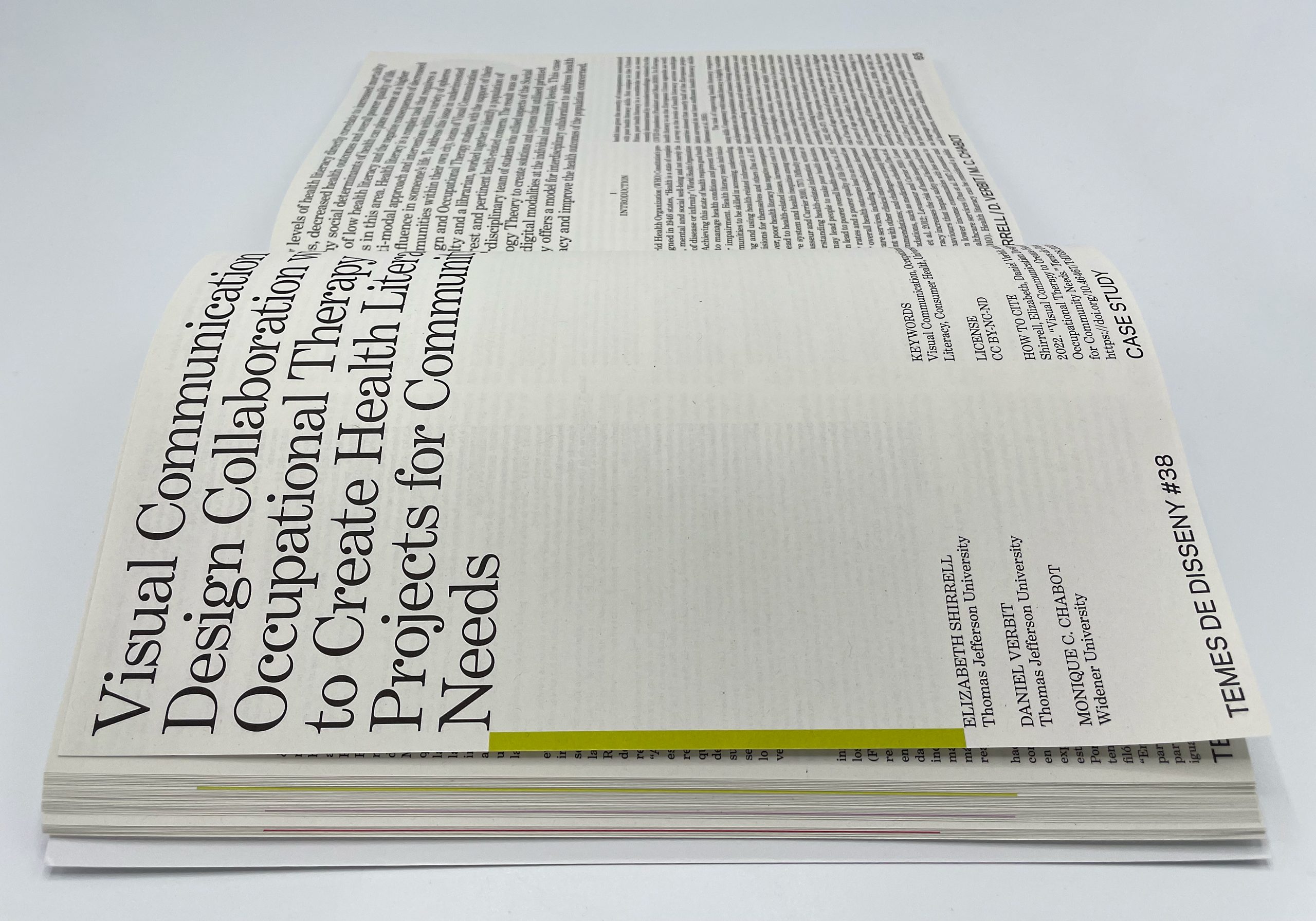
TEMES DE DISSENY, A DESIGN RESEARCH JOURNAL by ELISAVA BARCELONA SCHOOL OF DESIGN AND ENGINEERING
“Low levels of health literacy directly correlate to increased mortality rates, decreased health outcomes and overall poorer quality of life. Many social determinants of health can place someone at a higher risk of low health literacy and the negative consequences of decreased skills in this area. Health literacy is a complex task that requires a multi-modal approach and interventions within a variety of spheres of influence in someone’s life. To address this issue in underinvested communities within their own city, teams of Visual Communication Design and Occupational Therapy students, with the support of their faculty and a librarian, worked together to identify a population of interest and pertinent health-related concerns. The result was an interdisciplinary team of students who utilised aspects of the Social Ecology Theory to create solutions and systems that utilised printed and digital modalities at the individual and community levels. This case study offers a model for interdisciplinary collaboration to address health literacy and improve the health outcomes of the population concerned.”
FEATURED STUDENT PROJECTS
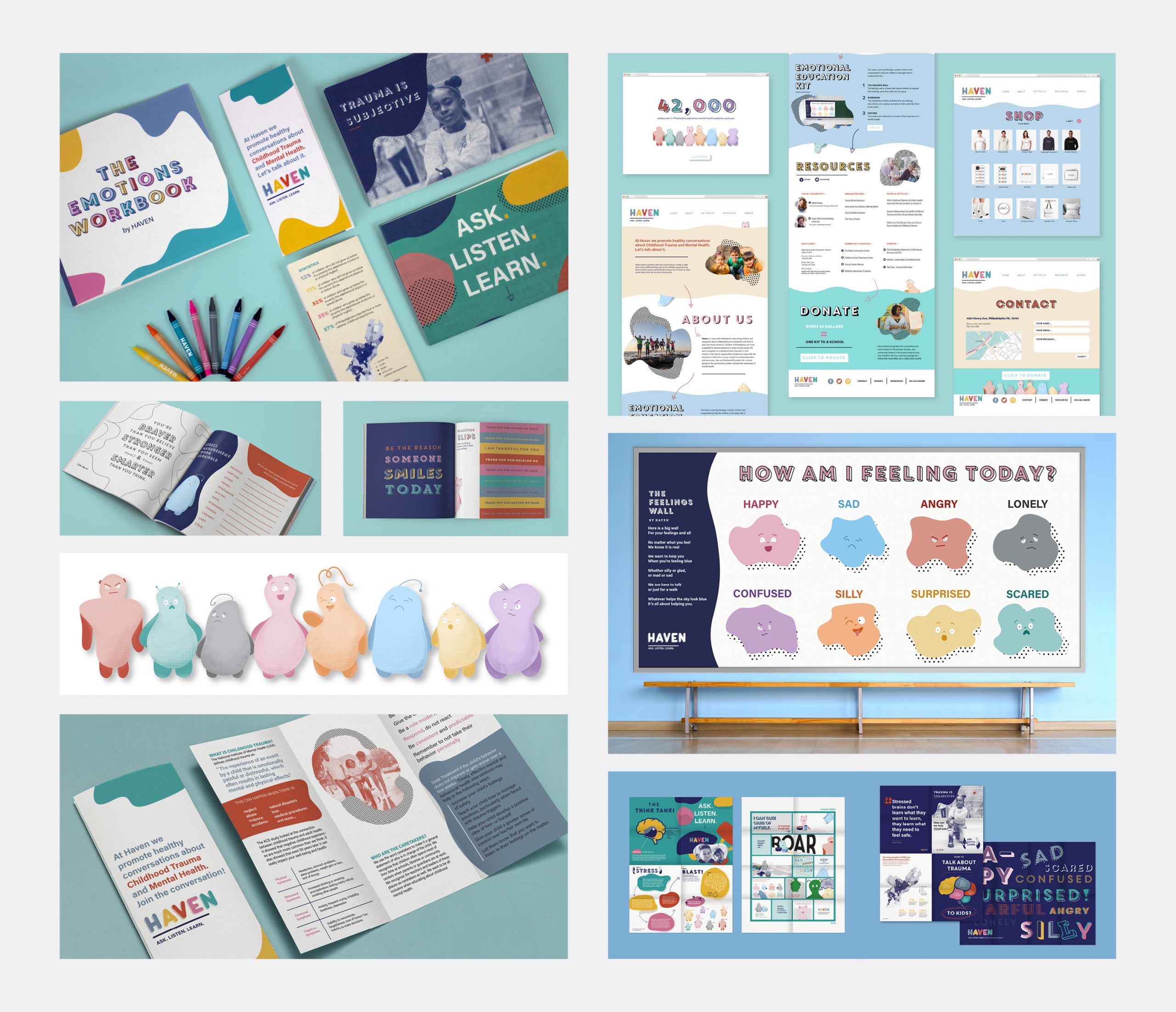
HAVEN: An elementary school program that seeks to educate children and caregivers on the effects of adverse childhood experiences and reduce the daily impact of ACEs on children's lives. Health Literacy Theme: Childhood Trauma as Impacted by a Variety of Factors Designers: Rubie Nathanson, Cheyenne Fowler, and Emily Williams
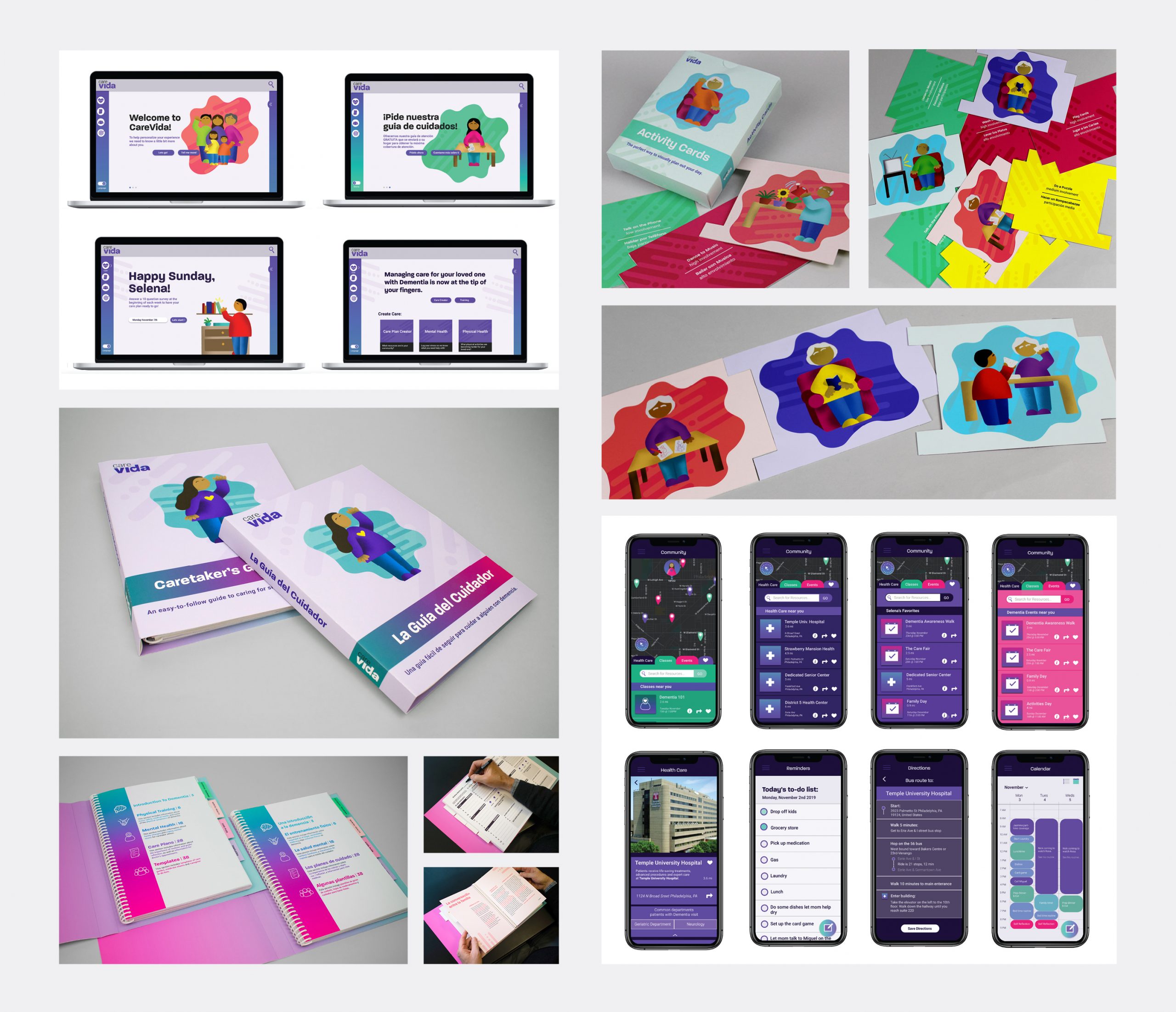
CARE VIDA: Supports Hispanic communities by providing free bilingual resources that work to relieve the mental, physical and emotional burdens of taking care of a loved one with Dementia. Health Literacy Themes: Migrant Access to Health Services, Health Care Access Designers: Maddie Aubry, Kayla Gerace, and Caroline Barton
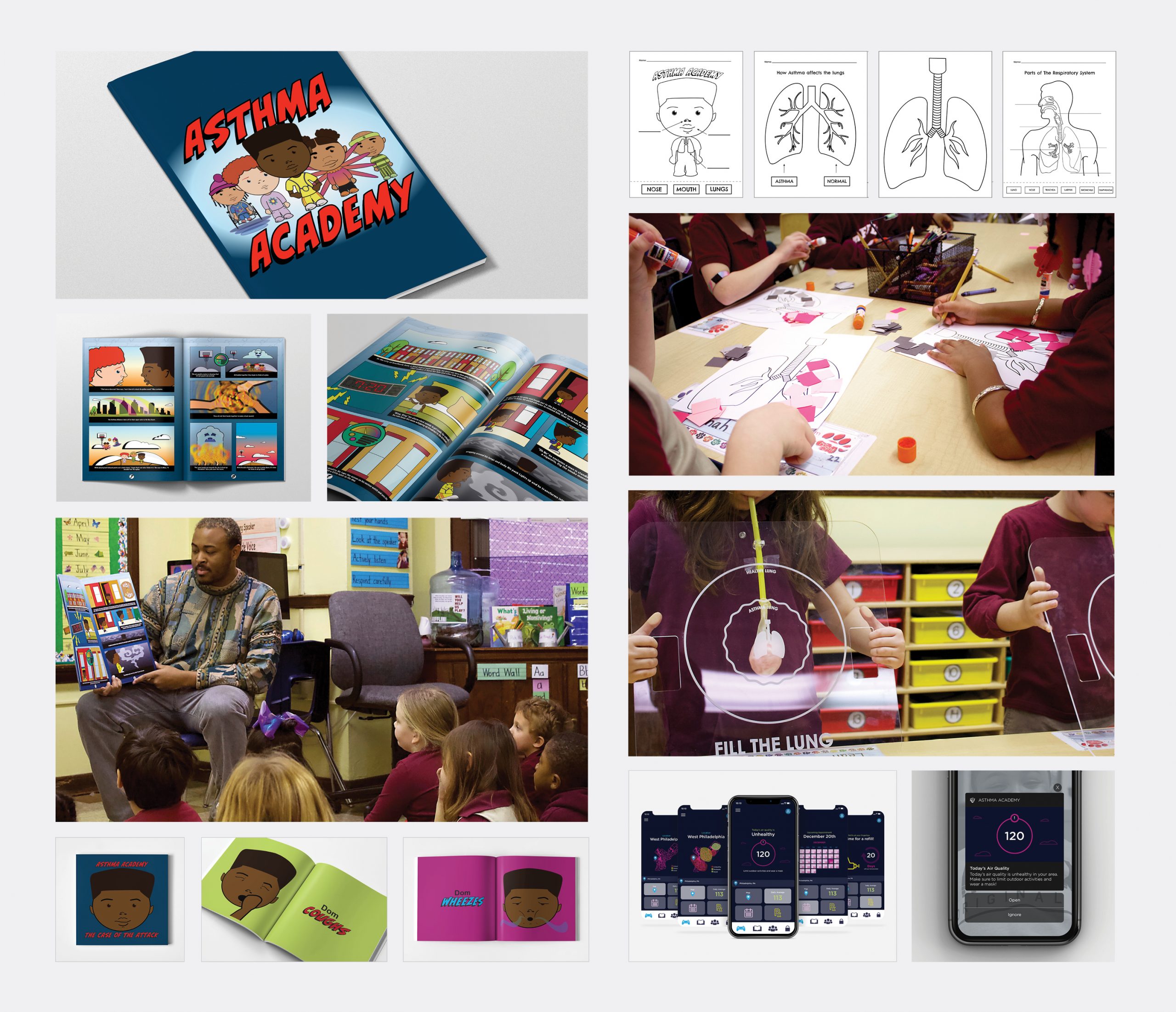
ASTHMA ACADEMY: A resource for teachers, parents, caregivers and kids with and without asthma to promote disease management, prevention, and knowledge through collaborative learning. Health Literacy Theme: Social Determinants of Health Designers: Malik Fequiere, Iman Morsy, and Shelby Montes de Oca


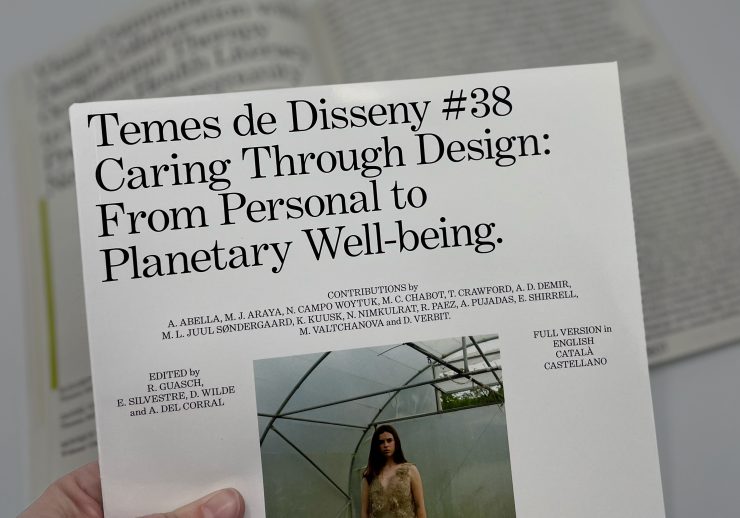
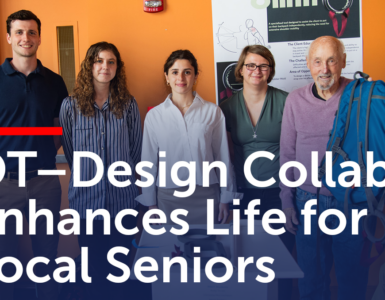

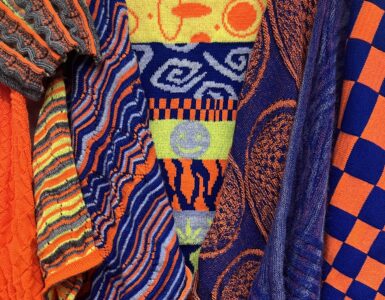

Add comment